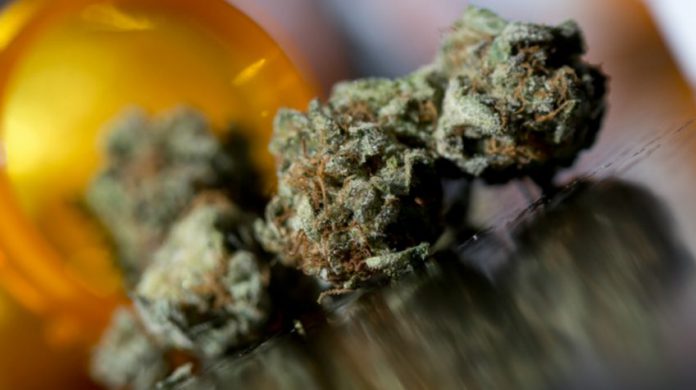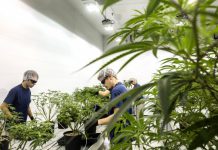Throughout the years, people in different places have continuously been using Marijuana; may it be for medical purposes or not. With this, there are already some places where the use of it has already been legalized. This leads us to wonder: how do other countries get their supply? How marijuana supply chain operates in different places therefore serves as an interesting topic. This article will give an overview on how marijuana supply chain operates in small-scale operations.
Step 1: Growing the Cannabis Plants
On small scale and usually illegalized operations, a small group of people or even only one person grows the Cannabis plants. Growing Cannabis plants can easily be done in an extra bedroom or attic. It can even be done in a closet. In other cases, some grow the plants in secluded outdoor plots where it cannot easily be discovered. In cases where Cannabis is simply grown in the house, lighting and other equipment needed are purchased in hydroponics stores. On the other hand, the seeds can be purchased either online or from other growers as will.
Step 2: Processing the Weed
The process involves growing, drying, and weighing the weed afterwards. Weed is usually sold in different proportions. It usually depends on how much the customer prefers to buy. Weed is therefore packed in small and big bulks. These are then sold either to low-level or mid-level dealers.
Step 3: Ready-to-use Marijuana is Sold to Buyers
When Marijuana is already packed and ready to be sold, it is through the dealers that growers sell their finished product. How marijuana supply chain operates is actually a simple process. Interested buyers make transactions through the dealer and the dealer is the only one who contacts the grower. What makes the supply chain reach a lot more people is because primary buyers buy in bulks from the dealers and they repack and resell the herb.
Since marijuana-selling is usually a small and discreet business, transactions are done in cash most of the time. With this, it is important for sellers to pick customers whom they can trust. That is why sales transactions occur from friends to friends most of the time. Delivering the produce is probably the most risky part of the job in places where weed is illegal. It is always convenient for sellers when buyers are the ones who meet them for the product, rather than the other way around.
There is also usually no bookkeeping record of transactions for those who operate on this business, simply because transactions are always direct and simple. Moreover, transactions of buying and selling are usually done on the same town. It is always a risky job to procure marijuana from a different town. Whenever there is a person that is able to sell it in a specific town, this usually means that there is also a marijuana grower somewhere in the same town. This is how the supply chain usually operates in a smaller scale.
Meanwhile, there is rarely an occurrence of large-scale transactions simply because of the risk it brings. There are also large-scale growers in some places who process their transactions through shipments. However, this is a very risky situation since you would have to hide it in different hidden places that cannot easily be expected for it to be shipped. Usually, how marijuana supply chain operates successfully on a larger scale is when you have connections with authorities or powerful people that can cover up for the transactions.
In general, people cooperate in buying and selling marijuana either for the profit or simply because they want to help others have access to it. Usually, it is always the growers and primary buyers who get a lot of money in selling marijuana. Resellers only make a small amount of money, as this is also only a small-scale business. There are variations on how marijuana supply chain operates, but the important thing is to be able to make fast and discreet transactions.




